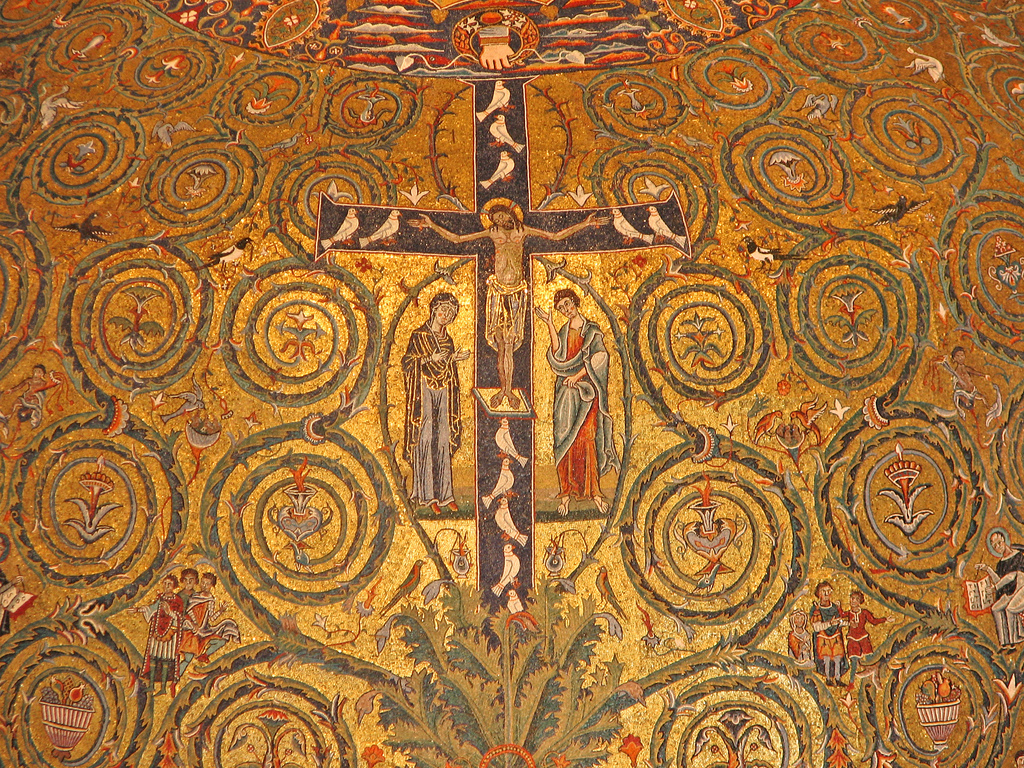![death [1]](http://www.catholiclane.com/wp-content/uploads/800px-Mort-IMG_41541-300x199.jpg) He was the wrong messenger for the right message. Judging by the obituaries published since his death from pulmonary thrombosis last week, that seems to be the mainstream media consensus on Dr. Jack Kevorkian, the 83-year-old pathologist who helped kill more than 130 people during his decades-long campaign for assisted suicide.
He was the wrong messenger for the right message. Judging by the obituaries published since his death from pulmonary thrombosis last week, that seems to be the mainstream media consensus on Dr. Jack Kevorkian, the 83-year-old pathologist who helped kill more than 130 people during his decades-long campaign for assisted suicide.
Although “Dr. Death” might have been a little creepy, his defenders say, his fearless flouting of laws against assisted suicide served a noble cause: promotion of the so-called “right to die.”
It’s a nice, neat way to summarize a troubling life. Yet the facts paint a picture of Kevorkian that is far uglier than the one assisted suicide advocates want America to see. They suggest that Kevorkian’s crusade arose not from compassion for terminally ill patients but from a lifelong obsession with death and disregard for the intrinsic value of human life.
His macabre leanings earned Kevorkian the “Dr. Death” nickname decades prior to his first assisted suicide, of an early-Alzheimer’s patient, in 1990. The young Kevorkian was known in the 1950s and 1960s for photographing the eyes of his patients while they died, advocating for the vivisection of death-row prisoners and conducting blood transfusions from corpses. His ghoulish excesses got him ousted from his medical residency and marginalized from mainstream medicine.
And that’s before Kevorkian began using his jerry-rigged “death machine” to kill suicidal “patients” in a rusted-out van at public parks. The “death with dignity” that he peddled earned him international renown and a fawning HBO biopic, but did not earn his pitiable clients even a ride to the morgue, as Kevorkian preferred to dump his dead at motels and emergency rooms. After flouting the law for years, his arrogance finally caught up with him in 1999, when he was imprisoned for the second-degree murder of a man with Lou Gehrig’s disease, whose death by lethal injection Kevorkian videotaped for “60 Minutes.”
Right-to-die advocates publicly distanced themselves from Kevorkian after his conviction, but most continued to regard him as a martyr for a righteous cause. They did so despite a 2000 New England Journal of Medicine analysis of autopsy data that found only a quarter of Kevorkian’s clients were terminally ill and five showed no evidence of physical illness at all. An earlier investigation by the Detroit Free Press reached similar conclusions, noting that many of those Kevorkian helped kill were disabled or depressed, not dying. They were women like Judith Curren, a 42-year-old unemployed nurse and mother of two whose chronic fatigue syndrome, depression and abusive marriage apparently convinced her to end her life with Kevorkian’s help.
In the face of such facts, it’s incredible that so many reputable voices still rise to the defense of Dr. Death and his cause. Some say the circumstances of the suicides do not matter because anyone should have the right to take his life when and how he chooses.
Others say Kevorkian’s excesses are an aberration, that we need not fear the marginalization of the disabled, depressed and demented in a culture in which death is proposed as an answer to the problem of suffering. They tell us not to worry that our focus on cutting health care costs, when combined with rising acceptance of assisted suicide and an aging population, may undermine support for palliative care and transform the “right to die” into a duty to die. They instruct us to ignore troubling cases like that of cancer patient Barbara Wagner in Oregon, where assisted suicide is legal and state officials refused her request for drugs to extend her life but offered to pay for her suicide instead.
They especially caution us against reading anything into the experience of those European nations more permissive of assisted suicide and euthanasia than the United States: countries like Switzerland, which has become a magnet for suicidal tourists; the Netherlands, where physicians legally conspire with parents to kill disabled infants; and Belgium, where many nurses have taken the legalization of euthanasia as a license to euthanize elderly patients without their consent, according to a 2010 study published in the Canadian Medical Association Journal.
The defenders of Kevorkian and his grisly crusade have it exactly backward. Dr. Death was not the wrong messenger for the right message. He was an apt mouthpiece for a deceptive, dangerous and ultimately dehumanizing idea: that the best we can do for those struggling with intense physical or emotional pain is to eradicate them from our midst, to make them, and the frail human condition they represent, disappear.
That’s not compassion or progress. It’s barbarism. And Kevorkian embodied it perfectly.
(© 2011 Colleen Carroll Campbell)



